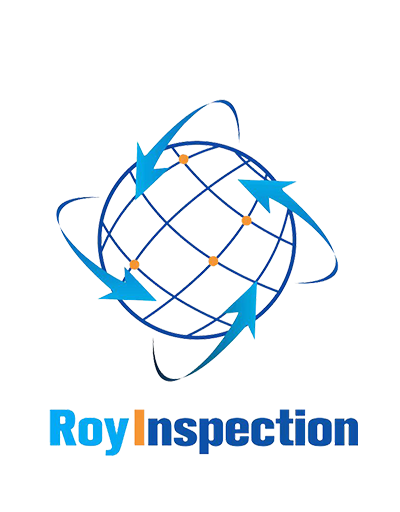x ray inspection for food industry - Everything You Need to KnowFood is an essential part of life, and it is vital that we ensure the food we consume is safe and free from any harmful substances. The food industry has stringent regulations that every food-product must abide by, and x-ray inspection has become a vital tool in ensuring the safety of food products. X ray inspection for food industry can detect contaminants that are invisible to the naked eye, and it is a non-destructive way of detecting foreign objects in food products. In this article, we will discuss everything you need to know about x-ray inspection for the food industry.What is X Ray Inspection?X-ray inspection is a non-destructive method of detecting any foreign objects in food products. The process involves passing the food products through an x-ray machine, and the machine will detect any contaminants, including metal, glass, stone, and bone fragments. This technology uses high-energy electromagnetic waves to analyze the contents of the food products. X-ray inspection is highly accurate and can detect contaminants as small as 0.3mm in size.How Does X Ray Inspection Work in the Food Industry?X-ray machines generate electromagnetic radiation that penetrates the food products. The x-ray radiation interacts with the food products in different ways, depending on the density and chemical composition of the materials it encounters. When the x-ray radiation passes through any foreign object, it experiences a change in wavelength that is detected by the x-ray machine. The x-ray machine then uses this information to analyze the contaminant and alert operators to any potential hazards.Why is X Ray Inspection used in the Food Industry?X-ray inspection is used in the food industry primarily to ensure that food products are free from foreign objects and harmful substances. Manufacturers also use x-ray inspection to comply with regulations and avoid costly product recalls. X-ray inspection is much more accurate than traditional quality control measures, such as metal detectors, and can detect a wide range of contaminants in food products.What are the Benefits of X Ray Inspection in the Food Industry?X-ray inspection has many benefits when it comes to food safety. Here are some of the advantages:Can detect contaminants invisible to the naked eye.Non-destructive method of testing.Improved quality control measures.Prevents costly product recalls.Complies with regulations.What are the Different Food Products that can be Inspected using X Ray Inspection?Virtually all food products can be inspected using x-ray inspection technology. Some of the common food products that undergo x-ray inspection include:Fruits and Vegetables.Dairy Products.Bakery Products.Meat and Poultry Products.Cereal and Snack Products.Beverages.What are the Limitations of X Ray Inspection in the Food Industry?Despite its accuracy, x-ray inspection technology does have limitations. Here are some of the key limitations:X-ray inspection cannot detect organic contaminants such as bacteria.X-ray inspection can degrade the nutritional quality of certain foods.X-ray inspection is not suitable for products packaged in metal foil or containers.How is X Ray Inspection Technology Evolving in the Food Industry?X-ray inspection technology is continually evolving to improve food safety standards. Here are some of the advancements in x-ray inspection technology:Greater precision in detecting contaminants.Increased sensitivity to detect foreign objects.Improved software to analyze results quickly and accurately.Integration with other quality control technologies.ConclusionX-ray inspection is a vital tool in ensuring the safety of food products. It is an accurate and non-destructive way of detecting foreign objects in food products that could cause harm to consumers. As technology evolves, x-ray inspection will continue to play a crucial role in maintaining food safety standards. Quote InquiryContact us!










